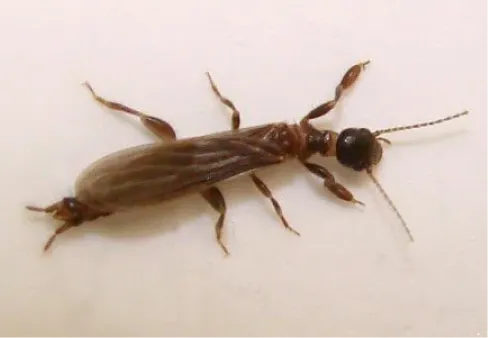Roof rats are agile climbers nesting in upper areas of buildings. These slender rodents damage wiring and insulation while contaminating stored foods above ground.

Roof rats are agile climbers and one of the most problematic rodent pests in Southern California. These slender rats, distinguished by their long tails and excellent climbing abilities, commonly infest attics, walls, and tree canopies, causing significant damage to structures and stored goods.
These nocturnal pests can produce 4-6 litters per year, with 6-8 pups per litter, enabling rapid population growth when conditions are favorable. Their tendency to gnaw on electrical wiring creates fire hazards, while their droppings and urine can contaminate stored foods and living spaces. In Southern California, roof rats are particularly problematic in areas with dense vegetation and connected tree canopies, which provide natural highways to access buildings. Their ability to enter through openings as small as a half-inch, combined with their excellent climbing skills, makes them challenging to exclude from structures without comprehensive prevention measures.

Anatomy of Roof Rats
Roof rats have distinctive physical features adapted for their climbing lifestyle.
- Head
- Ears
- Whiskers
- Body
- Legs
- Tail

How to Identify Roof Rats
Roof rats are characterized by their long tails (longer than body), large ears, and pointed nose. They typically have brown-black to gray coloring and a slender build.

Habitat of Roof Rats
These rats prefer elevated locations such as attics, wall voids, and tree canopies. They commonly travel along utility lines, tree branches, and fence tops to access buildings.

Warning Signs of Roof Rats
Look for droppings, grease marks along walls and rafters, and gnaw marks on wood and electrical wiring. Sounds in walls or attics, especially at night, are common indicators.
Warning Signs of Roof Rats
Look for droppings, grease marks along walls and rafters, and gnaw marks on wood and electrical wiring. Sounds in walls or attics, especially at night, are common indicators.







Control Methods for Roof Rats
Control involves exclusion through sealing entry points, tree trimming, and proper food storage. Professional treatment typically includes a combination of trapping and baiting strategies.
Roof rats are excellent climbers and can scale vertical surfaces up to 4 stories high. They can also travel along power lines and tree branches to access buildings.
Roof rats prefer fruits, nuts, and seeds but will eat almost anything available. They often feed on citrus fruits, avocados, and stored foods in attics.
Roof rats typically nest in upper areas of buildings, including attics, wall voids, and false ceilings. They also nest in dense vegetation and tree canopies.
Look for droppings (pointed ends), gnaw marks on wood and wires, sounds at night, and dark grease marks along rafters and walls.
Roof rats are primarily nocturnal. Seeing them during daylight hours usually indicates a severe infestation or recent displacement.
Roof rats enter through gaps as small as 1/2 inch, often accessing buildings via overhanging tree branches, power lines, and gaps around roof lines.
We Provide the Care toEliminate Termites and Pests For Good
Protecting your home from pests shouldn't be complicated. The Termite Guy makes it simple with wholistic solutions to inspect, treat, and restore your home back to perfection. With a 5 year pest-free warranty and over 25 years of success, we ensure every home is safe and secure.

Inspections

Treatments

Damage Repair
.avif)
.avif)
.avif)
.avif)











































